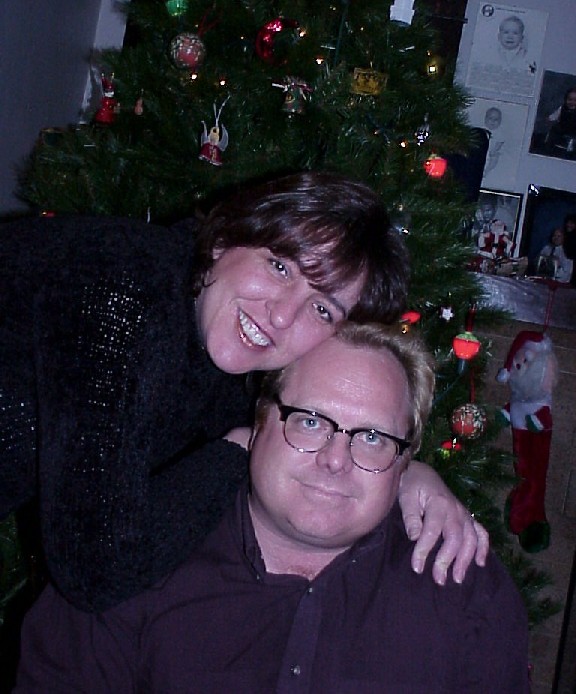
Phone: 909-274-3394
Email: mhillman@mtsac.edu
Homepage: https://faculty.mtsac.edu/mgrimeshillman
Transmission
When a nerve cell, also known as the ___, is stimulated, it leaves its ___, which is about ___ and begins to __. If the cell is stimulated enough, it will reach a ___ . Once this happens, the ___ will fire an __, also known as an ___.
Once this ___ reaches the end of the ___, it will cause a chemical reaction and stimulate ___ to bind with the ____ located on the ____. This binding will cause the ___ located inside the __ to be released to the ___.
The ___ travel across the ___ where they bind in a ___ on the ___ located on the ___which is found in the ____ of the ____.
The binding of the ___ on the ___ can cause one of two effects. These are
___ and __. The ___ causes the ___ to become ___ and increases the likelihood that an ___ will occur. The ___ causes the ___ to become ___ and decreases the likelihood that an ___ will occur.
| Last Updated: 6/3/19 |

